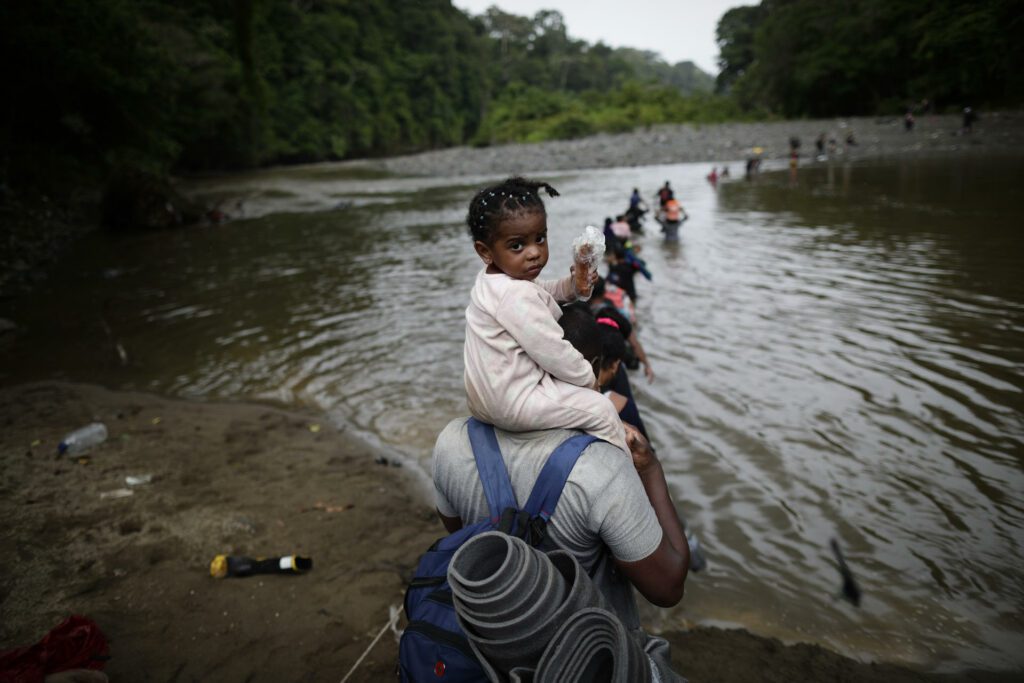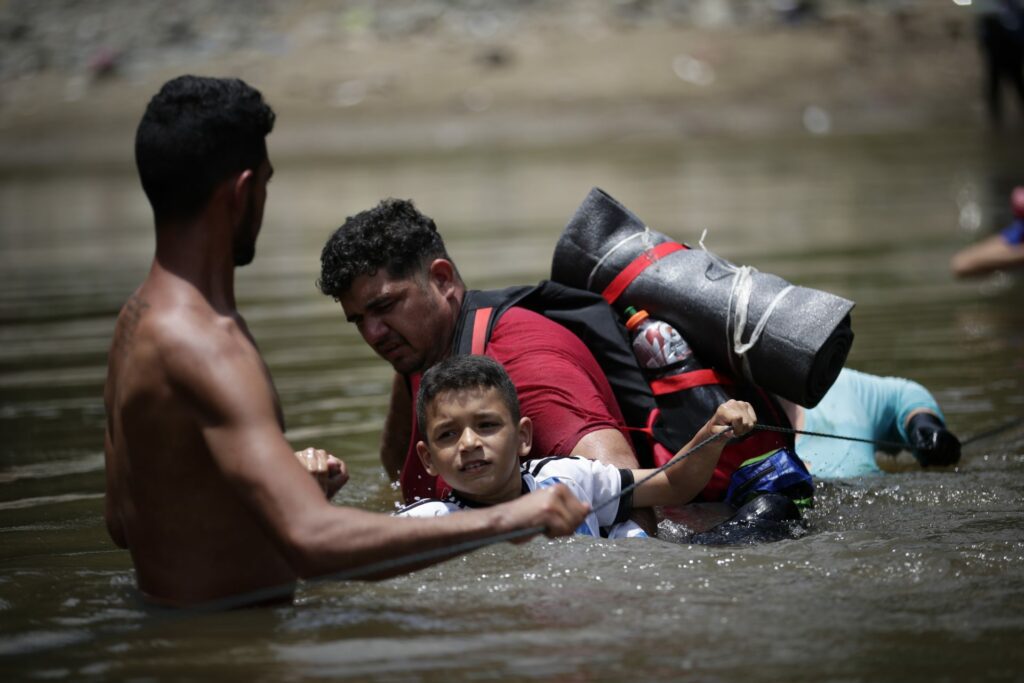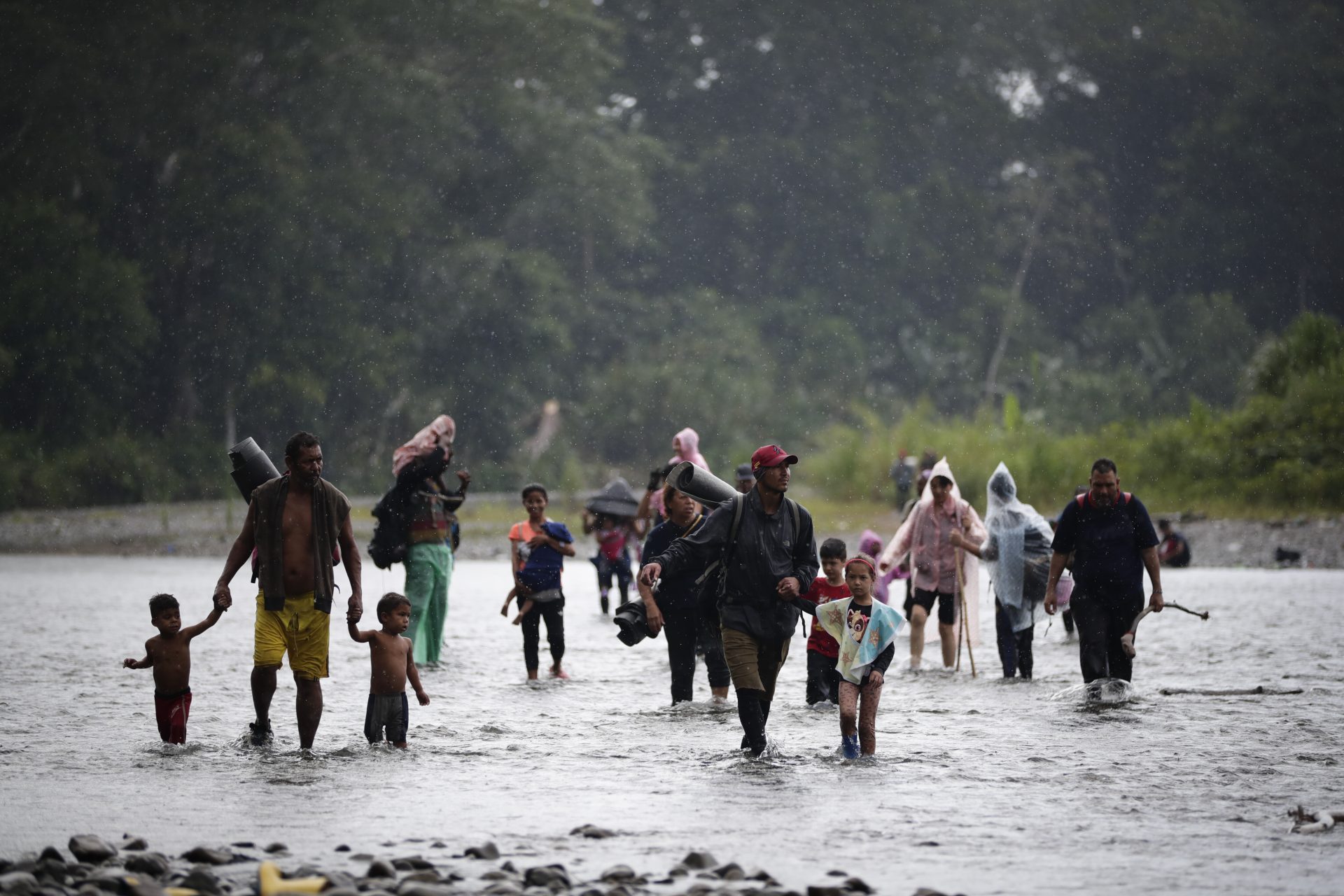Panama recorded a 41% decrease in irregular migration through the Darién Gap in 2024, according to a study by the International Organization for Migration (IOM) of the United Nations. This marked a significant reduction compared to the historic highs of the previous year.
In 2023, Panama’s National Migration Service reported over 520,000 people crossing the Darién Gap on their journey north to the United States. By 2024, this figure had dropped to approximately 300,548 irregular migrants.
This downward trend was also documented in Honduras, where the IOM reported that 357,929 people entered the country irregularly between January and November 2024, representing a 40% decrease compared to 2023.
In both cases, Venezuelans made up the majority of migrants, accounting for 70% of all cases. In Panama, Colombians were the second-largest group, at 6%, while in Honduras, Cubans represented 16%. Migrants from Haiti and Ecuador were also recorded.
Additionally, Panama and Honduras reported cases of extracontinental migration, with individuals from India, Vietnam, China, Bangladesh, and other Middle Eastern and Asian countries crossing their borders.
Migrant Trafficking Networks Alter Migration Dynamics

Although the decline in irregular migration in 2024 was notable, the IOM highlighted a shift in the profile of migrants. Family groups—including highly vulnerable individuals such as minors, breastfeeding mothers, and pregnant women—are now more common.
According to the IOM’s Displacement Tracking Matrix, 76% of migrants crossing the Darién region in Panama traveled in groups. In Honduras, this figure was 50%.
“The profile of migrants is changing, with more people requiring protection and special conditions. At the IOM, we do not condemn irregular migration; we understand it as a phenomenon that occurs. However, it requires special measures to ensure that people can travel through our region in an orderly, safe, and regular manner,” said Estela Aragón, coordinator of the Research and Data Unit of the Regional Migration Program.
Aragón emphasized that criminal networks promoting migration among family groups play a central role in this dynamic. “Criminal groups charge per person. Naturally, they prioritize generating profit over the safety of those traveling,” she explained.
She warned that the presence of human trafficking networks influences migration trends, including the nationalities traveling, the formation of family groups, and the risks migrants face.
Trafficking networks are increasingly recruiting minors to assist in their operations, as children are more easily influenced and often live in border areas, giving them extensive knowledge of the routes used to guide migrants.
This practice puts both migrant groups and the children involved at serious risk. Many of the routes are perilous, with challenging terrain and the presence of other criminal groups.
“Guiding along these routes poses significant dangers for children and adolescents, as it often involves navigating deserts, crossing rivers, or traveling by sea,” Aragón explained.

Trafficking networks also include recruiters, who offer their services to migrants near border areas or through social media. The IOM noted that traffickers use information and communication technologies (ICTs) for all aspects of irregular migration, from promoting services on platforms like TikTok and Facebook to facilitating online payments and providing remote guidance for border crossings.
This technological approach allows traffickers to reach more people, maintain anonymity, and operate remotely, reducing the risk of detection by authorities.
Traffickers’ Operational Structure
Trafficking networks often engage in multiple criminal activities and subcontract other organized crime groups, paying “right-of-way” fees to transit specific territories. These operations involve both transnational networks and local individuals, who operate under subcontracting or coercion.
The structure also includes monitors, or “flaggers,” who alert traffickers about approaching law enforcement or others who might disrupt their activities.
Additionally, local residents often provide basic services to migrants, such as lodging, food, visa exchanges, and internet access. While these individuals are not directly part of the trafficking networks, they live in areas where these groups operate.
Costs Range from $5,000 to $18,000
The cost of trafficking services varies depending on the level of vulnerability of the migrant. Women traveling with children, for instance, often face higher fees.
Services are divided into tiers—economic, intermediate, and “VIP.” Prices start at $5,000 and can go up to $18,000 per person.
However, even the most expensive packages do not eliminate the dangers migrants face. These risks include accidents, such as boat or truck overturns caused by overcrowding or excessive speed; extortion and violence during transport; attacks by organized crime; abandonment by traffickers; and the perils of crossing rivers, whether by swimming or using makeshift rafts.





